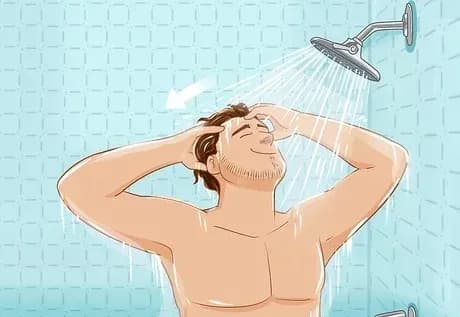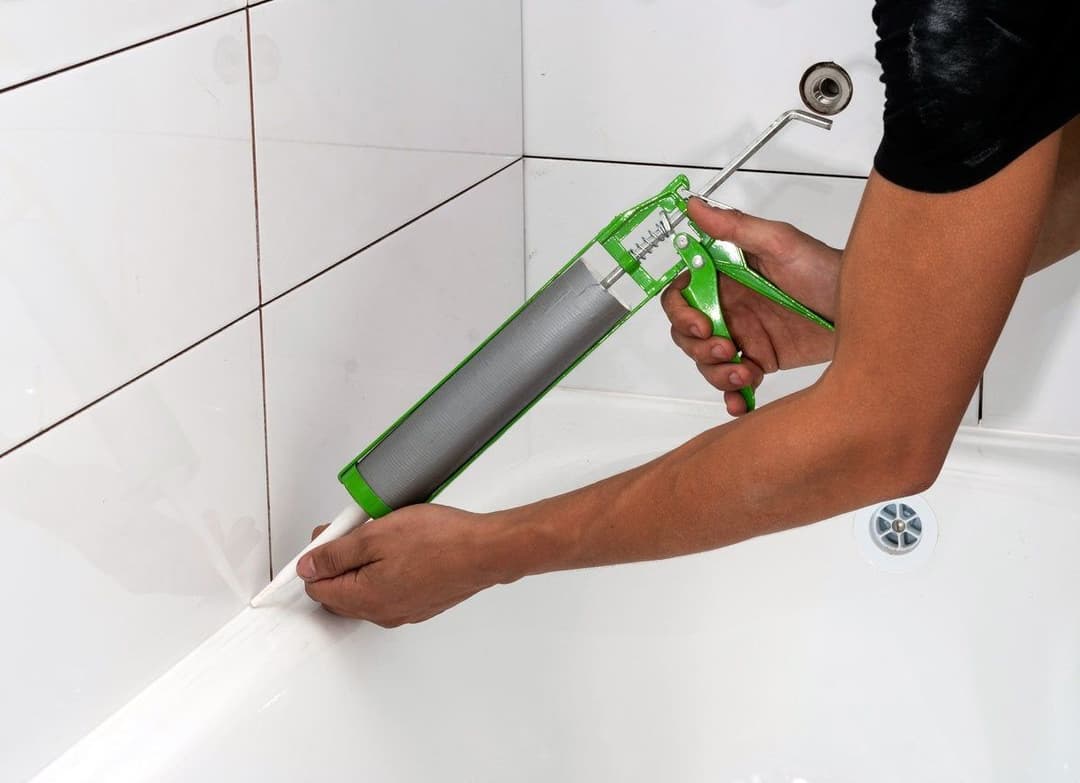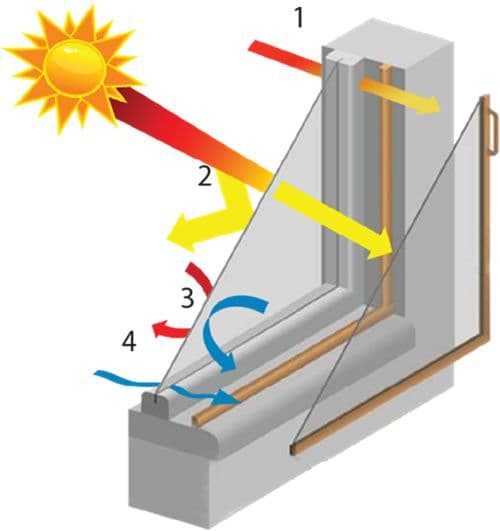
Ask Your Landlord or Property Management if the Place is Eco-Friendly Living
1. Install a Thermostat
Take control of your heating temperatures by using a programmable thermostat. They’re reasonably priced (under $50) and easy enough to install without being an eye-sore or a ‘major re-decorational change’. They can help you reduce the amount you spend on heating bills by adjusting the temperature of your heating to suit your timetable, so you’ll never leave for work and forget to turn the radiators off again.

2. LEDs or CFLs Light Bulbs
Light bulbs are the easiest green adjustment renters can make. Switching to LEDs or CFLs can make a significant difference to your electricity bill and they last a lot longer than normal light bulbs too. To see how much energy you could save by switching light bulbs, take a look at this energy saving calculator.

3. Showers
Taking shorter showers of under 10 minutes long is the common-sense approach to green living. However, you can go further than that by also installing a low-flow shower head. These work by reducing the amount of water that passes through a shower head, without compromising on water pressure. Just five gallons of water saved each time can make a difference to your water bill over time!

4. Radiators
You can make your existing radiators more energy efficient by moving furniture away from them and letting the warm air circulate freely around your room. You can also put heat-resistant reflecting panels in between the radiators and the wall to reduce wasted energy even further.

5. Energy Saving Power
Electrical devices can still use small amounts of energy when they aren’t in use but have been left plugged in, so green-aware renters should always unplug the items that don’t need to be switched on all the time. Power strips with built in energy saving features can help you do this; when devices like TVs are plugged into one of these things, it measures the amount of power it is using and switches the plug off automatically if it believes the device in question is on standby.

6. Caulking
If you live in an older property with single pane windows, you can reduce the amount of heat lost via drafts by caulking (sealing) the air leaks in a similar way you would seal around a bath tub, increasing your insulation. Most landlords will let renters do this, but it is always wise to double check since especially if you have never done DIY like this before, it can get messy!

7. Dual Flush
Dual flush toilets are known to use less water than a conventional flush, but renters may only have an old-style toilet in their property. Luckily you can buy dual flush converter kits in DIY stores that can easily be installed and could save you up to £80 on your water bill per year, as well as being better for the environment.
Related: Roommates and Tenant Insurance: All You Need to Know

8. Change Suppliers
As well as giving you the cheapest deal on your utility bills, customers who care about sustainable energy might want to use comparison sites to check their gas/electric companies’ sustainability credentials. Find out if your energy supplier is using ‘green power’, i.e. non-polluting, renewable sources of energy like wind and solar power.
If you really care about this but your rent comes with bills included, consider asking your landlord if you can sort out your own bills so you can pick a company you like – you may even save a bit of money too!

9. Energy Efficient Fridge
Most tenants are also stuck with the white appliances that are already in their rentals, so getting an energy efficient fridge is not an option. However, you can at least help it to stay greener by cleaning the coils at the back of your fridge as when these get dirty your fridge becomes less energy efficient and it will suck up way more electricity than it should need to keep cool.

10. Thermal Insulation Windows
Blackout curtains don’t only keep the light out, they can also work as thermal insulation on single pane windows! They‘re a practical investment that you can take with you to your next home, keeping your windows warm in the winter months and cool in the summer.

